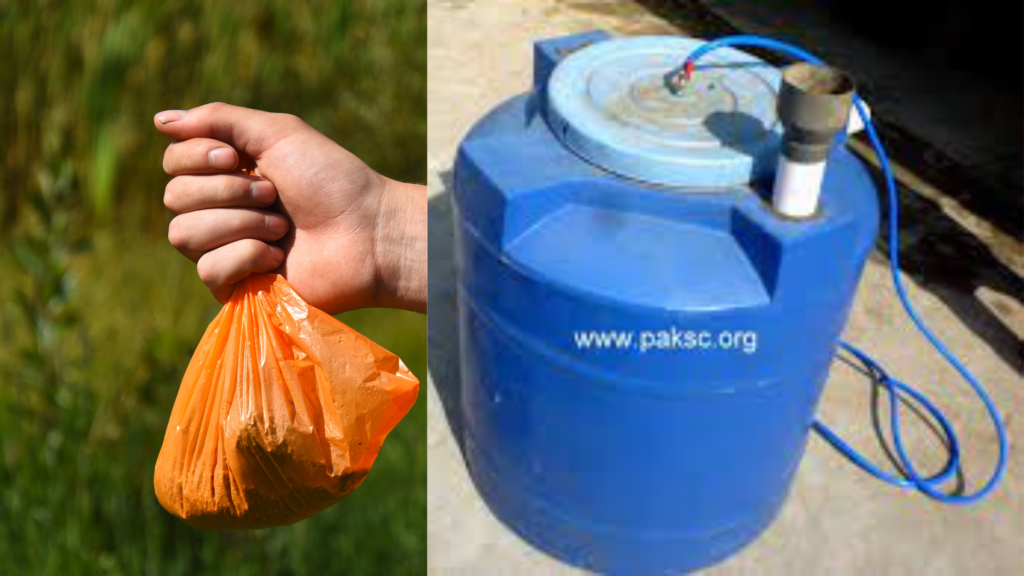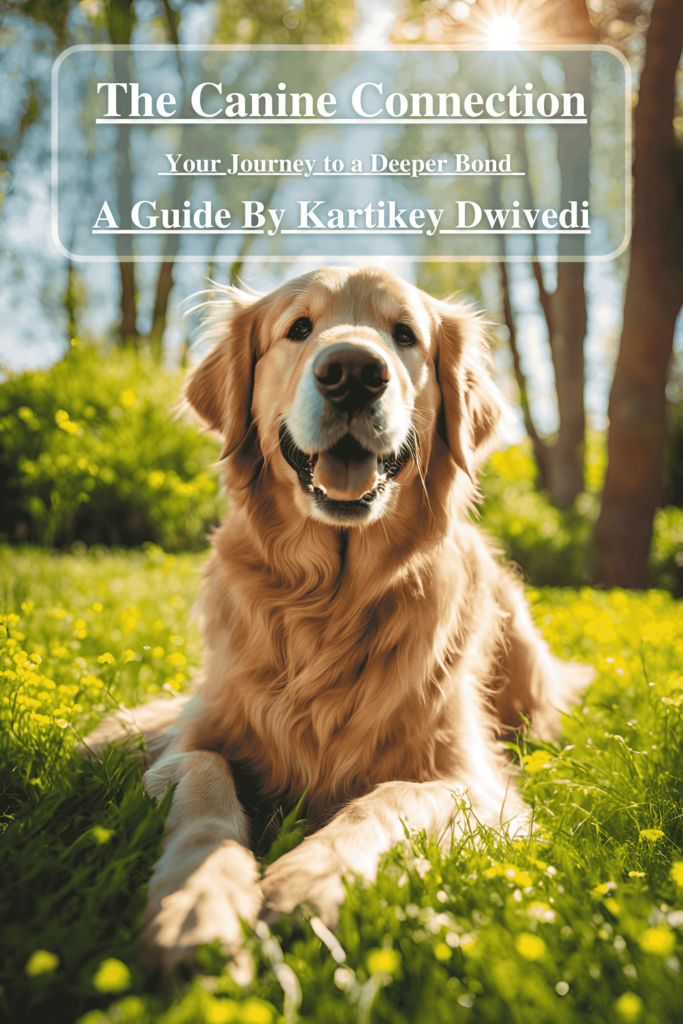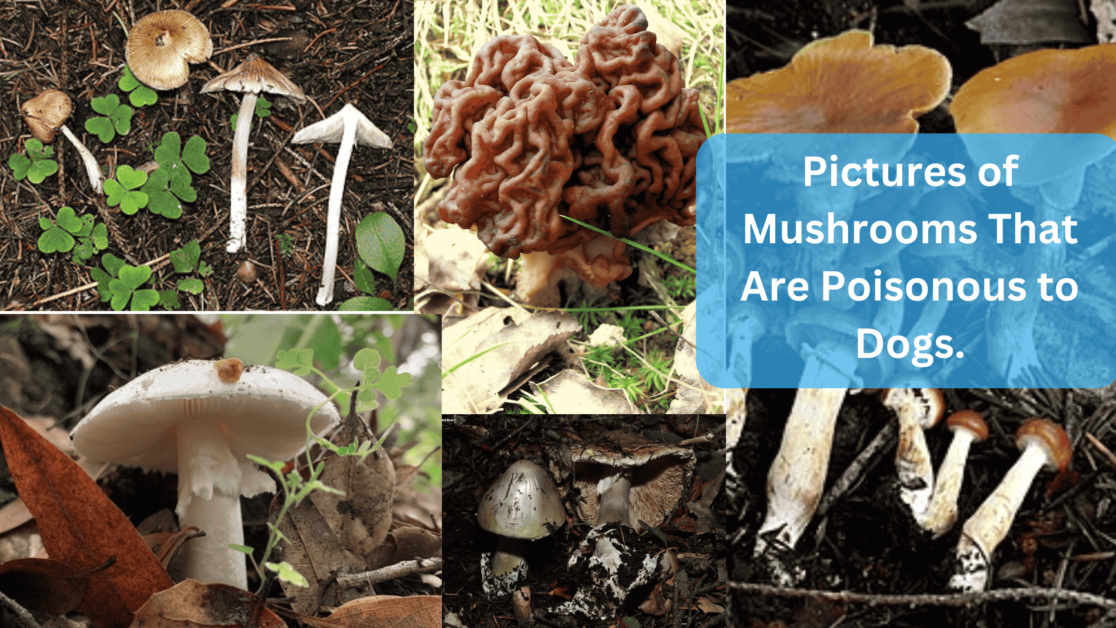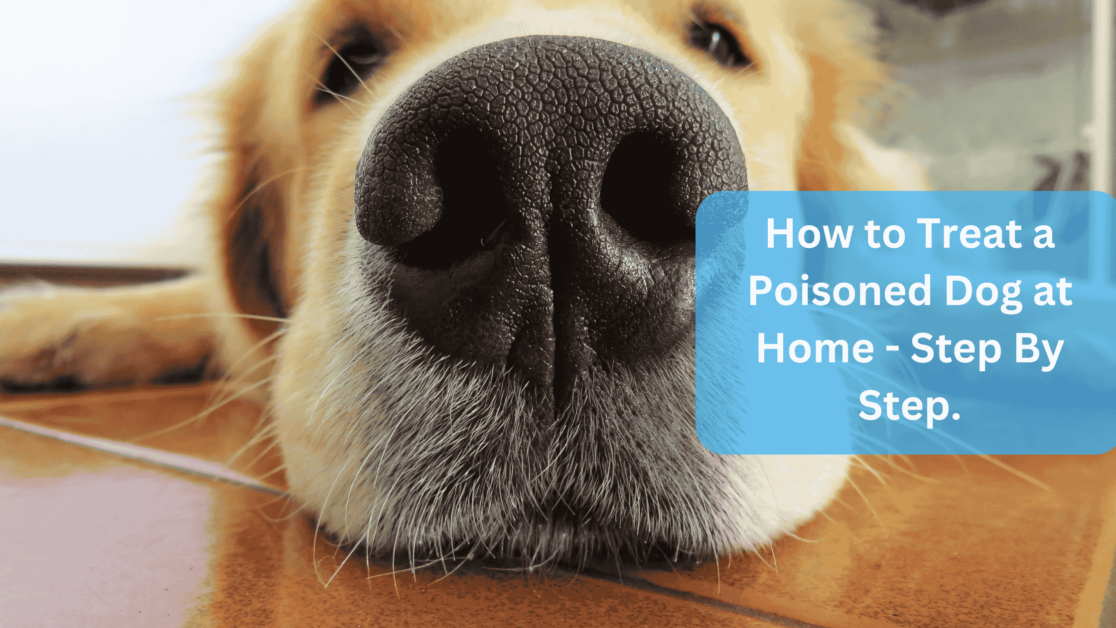Welcome to the world of dog waste disposal! Today, we’ll address the question: Can you burn dog poop?
Before we delve into the fiery details, it’s essential to understand the significance of proper waste management.
Improper disposal can harm the environment and pose health risks. So, let’s explore the legality, health risks, and environmental impacts of burning dog poop.
We’ll discover alternative methods for handling this organic waste along the way.
Join us on this enlightening journey toward responsible and eco-friendly dog waste management.
Let’s make informed choices together!
Can You Burn Dog Poop?

Ah, the burning question: Can you unleash the fiery power on your dog’s poop?
No, burning dog poop is not recommended. Burning dog poop can release harmful toxins and contribute to air pollution. It can also create unpleasant odors and pose health risks when inhaled. Additionally, the chemicals present in dog waste can damage burning equipment such as fire pits.
Instead of burning, it is best to consider safe and eco-friendly alternatives for disposing of dog poop, such as bagging it and placing it in designated waste bins.
Responsible waste management practices help protect our health and the environment.
Is it Safe and Legal to Burn Dog Poop?
We’re here to shed some light on whether it’s safe and legal to set dog poop ablaze. Before you gather your matches and lighter fluid, let’s explore the ins and outs of this fiery matter.
Regarding the legality of burning dog poop, it’s crucial to understand that regulations vary depending on where you live.
Some areas have strict laws prohibiting open burning, including burning organic waste like dog poop.
These regulations aim to protect the environment, prevent air pollution, and maintain community health and cleanliness.
To avoid any legal issues, it’s essential to familiarize yourself with the local laws and regulations regarding waste disposal.
Now, let’s talk about safety concerns. Burning dog poop can pose potential health risks and hazards, so it’s essential to consider them.
When organic waste burns, it releases toxic fumes and particles.
Inhaling these fumes can irritate the respiratory system and cause discomfort, especially for individuals with pre-existing respiratory conditions.
The smoke produced during the burning process can also carry unpleasant odors that can linger in the surrounding area.
Furthermore, burning dog poop may not eliminate all the pathogens present in the waste.
Some bacteria and parasites can withstand the combustion process and survive, potentially leading to the spread of diseases and contamination of the environment.
This can pose risks not only to humans but also to other animals and wildlife in the vicinity.
Proper waste management is of utmost importance when handling dog poop.
We must prioritize the health and well-being of ourselves, our pets, and the environment. Instead of burning, there are safer and more responsible methods for disposing of dog waste.
By bagging the waste and disposing of it in designated waste bins, we can prevent the release of harmful substances into the air and minimize the risk of contamination.
Some areas may have specific guidelines for dog waste disposal, such as using biodegradable bags or separate waste collection systems.
Following these guidelines ensures we do our part to maintain cleanliness and protect the environment.
So, is it safe and legal to burn dog poop? The answer may vary depending on your location and local regulations.
However, considering the potential health risks and the importance of responsible waste management, exploring alternative disposal methods that prioritize safety and environmental sustainability is recommended.
Let’s keep our surroundings clean, our air fresh, and our communities healthy by making informed choices when handling dog waste.
Burning Dog Poop in a Burn Barrel
Burning dog poop in a burn barrel is a method that some people consider for waste disposal. Let’s examine this practice, its advantages and disadvantages, and whether it suits burning dog poop.
1. The Burn Barrel Method
A burn barrel is a metal container designed explicitly for burning waste. It typically has small ventilation holes or slots to facilitate air circulation. Here’s what you need to know about burning dog poop in a burn barrel:
a. Waste Incineration: Burning dog poop in a burn barrel involves placing the waste inside the barrel and igniting it. As the waste burns, it becomes ash, reducing its volume and mass.
b. Efficient Combustion: The design of a burn barrel promotes efficient combustion by allowing sufficient airflow to support the burning process. This helps minimize the amount of smoke and unburned waste produced.
c. Waste Reduction: Burning dog poop in a burn barrel can significantly reduce the amount of waste that would otherwise end up in landfills or other disposal methods.
2. Advantages of Using a Burn Barrel
a. Waste Volume Reduction: Burning dog poop in a burn barrel can effectively reduce the volume of waste, making it more manageable and potentially reducing the frequency of waste disposal.
b. Convenient and Accessible: Burn barrels are relatively easy to obtain, and burning waste is straightforward.
c. Potential Pest Control: Burning dog waste may help eliminate or deter pests attracted to the odor or waste materials.
3. Disadvantages and Considerations
a. Air Pollution: Burning any type of waste, including dog poop, releases pollutants into the air. The combustion process produces smoke, particulate matter, and potentially harmful gases, which can contribute to air pollution and have adverse health effects.
b. Odor and Nuisance: Burning dog poop can generate strong odors, which may cause discomfort for you and your neighbors. Considering the impact on the surrounding environment and nearby households is essential.
c. Legal Restrictions: Using burn barrels for waste disposal may be subject to local regulations and restrictions. Before burning dog poop in a burn barrel, comply with applicable laws or ordinances.
4. Can You Burn Dog Poop in a Burn Barrel?
The permissibility of burning dog poop in a burn barrel varies depending on your location and local regulations.
You must check with your local authorities to determine if burning dog waste in a burn barrel is allowed in your area.
However, even if it’s permissible, it’s crucial to consider the potential environmental and health impacts associated with burning waste.
Exploring alternative waste disposal methods that are more environmentally friendly and reduce air pollution should be encouraged.
Remember, responsible waste management is critical to protecting our environment and ensuring the well-being of our communities.
While burning dog poop in a burn barrel may seem like a quick solution, weighing the advantages and disadvantages and making an informed decision that aligns with local regulations and promotes sustainable waste management practices is essential.
Burning Dog Poop in a Fire Pit
The idea of burning dog poop in a fire pit might have crossed your mind as a possible waste disposal method.
However, it’s essential to consider the appropriateness and potential issues associated with this approach.
Let’s delve into the topic and address the question: Can you burn dog poop in a fire pit?
1. Appropriateness of Burning Dog Poop in a Fire Pit
Fire pits are typically designed for recreational purposes, such as enjoying warmth and ambiance.
While they can effectively burn organic materials like firewood, burning dog poop in a fire pit presents different considerations.
2. Potential Issues and Concerns
a. Odor and Smoke: Dog waste emits strong odors when burned, which can be unpleasant and potentially disruptive to the surrounding environment. Burning dog poop can also release smoke that may irritate your eyes and respiratory system.
b. Air Quality and Pollution: Burning dog poop in a fire pit can contribute to air pollution. The combustion process releases pollutants into the air, including particulate matter and potentially harmful gases, which can have adverse health and environmental effects.
c. Fire Pit Damage: Dog waste contains various substances that can be harmful when burned. The release of certain chemicals and compounds can cause damage to the fire pit itself, affecting its performance and longevity.
3. Health and Safety Considerations
Burning dog poop can pose health risks due to releasing toxic substances and pathogens.
Inhaling the smoke or being exposed to the fumes can harm your health.
When considering waste disposal methods, it’s essential to prioritize the well-being and safety of yourself and others.
4. Alternative Waste Disposal Methods
Instead of burning dog poop in a fire pit, exploring safer and more environmentally friendly options is recommended. These alternatives include:
a. Bagging and Bin Disposal: Use biodegradable bags to collect dog waste and dispose of it in designated bins. This helps prevent the spread of pathogens and minimizes environmental impact.
b. Pet Waste Composting: Consider composting dog poop using specific systems designed to handle animal waste. This process promotes natural decomposition and can produce nutrient-rich compost for non-edible plants.
c. Professional Waste Removal Services: Specialized pet waste removal services are available in some areas. These services handle the collection and responsible disposal of dog waste, ensuring proper sanitation and environmental practices.
While a fire pit may seem convenient for burning dog poop, it’s essential to consider the appropriateness, potential issues, and health risks involved.
Protecting air quality, minimizing environmental impact, and ensuring the safety of yourself and others should be paramount.
By adopting alternative waste disposals methods such as bagging and bin disposal or pet waste composting, you can contribute to a cleaner environment and prioritize the health and well-being of your community.
Responsible waste management is crucial for maintaining a healthy and sustainable living environment for humans and animals.
Health Risks of Burning Dog Poop
Let’s dive into the fiery world of burning dog poop and uncover the potential health risks that lurk in the smoke.
While it may seem like a quick and convenient way to dispose of your furry friend’s waste, there are some hazards you need to be aware of.
One primary health risk of burning dog poop is inhaling smoke.
When organic waste burns, it releases toxic fumes and particles into the air.
These airborne pollutants can irritate the respiratory system, leading to coughing, wheezing, and shortness of breath.
Exposure to these pollutants can exacerbate their symptoms and pose a significant health threat for individuals with underlying respiratory conditions like asthma or chronic obstructive pulmonary disease (COPD).
But that’s not all. The smoke from burning dog poop can contain various harmful substances and toxins.
These toxins can include volatile organic compounds (VOCs), chemicals that vaporize at room temperature and can adversely affect human health.
Prolonged exposure to VOCs can lead to headaches, dizziness, nausea, and even more severe respiratory and neurological problems.
Additionally, burning dog poop may not eliminate all the pathogens present in the waste.
Some bacteria and parasites can withstand the heat of combustion and survive, posing a risk of spreading diseases to humans and animals.
These pathogens can contaminate the air, soil, and water, potentially leading to infections and other health complications.
To safeguard your health and the well-being of those around you, avoiding inhaling the smoke produced by burning dog poop is crucial.
If you find yourself in a situation where burning is the only option, take necessary precautions, such as wearing a protective mask and ensuring proper ventilation to minimize exposure to the smoke.
However, it’s important to note that burning dog poop is not the recommended method for waste disposal due to these health risks.
There are safer and more environmentally friendly alternatives that can help protect your health and preserve our air quality.
By bagging dog waste and disposing of it in designated waste bins, you can prevent the release of harmful pollutants and minimize the risk of respiratory irritation and infections.
Additionally, some communities provide specific waste collection services for pet waste, allowing for proper treatment and disposal.
So, when it comes to burning dog poop, it’s essential to weigh the potential health risks and opt for safer disposal methods that prioritize your well-being and the environment’s health.
Let’s make responsible choices that keep us and our surroundings healthy and thriving.
Environmental Impacts of Burning Dog Poop
Let’s venture into the world of environmental consequences and shed light on the impact of burning dog poop.
While it may seem convenient to dispose of waste, this fiery act can harm our precious environment.
One of the primary environmental concerns associated with burning dog poop is air pollution.
When dog waste is set ablaze, it releases a plume of smoke filled with harmful pollutants into our air.
These pollutants include particulate matter, nitrogen oxides, and volatile organic compounds (VOCs). When these substances mingle with the atmosphere, they contribute to smog formation and harmful ground-level ozone.
The release of particulate matter during burning can lead to reduced air quality.
These tiny particles can be inhaled deep into our lungs, causing respiratory issues and aggravating conditions like asthma and allergies.
Moreover, they can also settle on plants, bodies of water, and soil, disrupting ecosystems and impacting the overall health of our environment.
Burning dog poop also contributes to the emission of greenhouse gases, such as carbon dioxide and methane.
These gases trap heat in the atmosphere, leading to global warming and climate change.
As responsible inhabitants of this beautiful planet, we must take steps to minimize our carbon footprint and reduce the release of greenhouse gases.
Furthermore, burning dog poop does not ensure the destruction of pathogens and parasites in the waste.
Some harmful microorganisms can survive combustion and find their way into the environment.
This poses a risk to water bodies, soil quality, and the health of other animals that come into contact with contaminated areas.
To mitigate the environmental impacts of dog poop disposal, exploring alternative methods that prioritize sustainability is essential.
Bagging the waste and disposing it in designated waste bins is a responsible choice that prevents air pollution, protects water sources from contamination, and reduces the release of greenhouse gases.
Another eco-friendly option is composting. Composting dog poop using proper techniques can transform it into nutrient-rich fertilizer for non-edible plants.
However, it’s crucial to note that composting dog waste requires specific precautions and should not be mixed with regular household compost.
Ultimately, by choosing environmentally friendly disposal methods, we can minimize the adverse impacts on air quality, reduce greenhouse gas emissions, and protect the health and vitality of our ecosystems.
Let’s be mindful stewards of the environment and make conscious choices that leave a positive and lasting impact on our planet.
Also Read : Corgi German Shepherd Mix – A Comprehensive Guide
Best Ways to Dispose of Dog Poop
Regarding the responsible and eco-conscious disposal of dog poop, there are several safe and environmentally friendly alternatives to burning.
Let’s explore the best ways to bid farewell to your furry friend’s waste while keeping our surroundings clean and healthy.
1. Bagging and Binning
One of the simplest and most widely practiced methods is bagging dog poop and disposing it in designated waste bins.
Use biodegradable or compostable bags to minimize environmental impact.
By sealing the waste in a bag, you prevent potential contamination and ensure proper containment until it reaches a suitable waste management facility.
2. Pet Waste Stations
Many parks, trails, and public areas have pet waste stations.
These stations typically provide bags and waste bins designed for dog poop disposal.
Be sure to utilize these facilities whenever they are available to maintain cleanliness and prevent pollution.
3. Pet Waste Composting
Composting dog poop is an eco-friendly option to turn waste into nutrient-rich fertilizer.
However, it is essential to approach this method with caution.
Dog waste contains pathogens that may not be eliminated through regular composting.
To safely compost dog poop, use a dedicated composting system designed specifically for pet waste.
This helps ensure that the composting process reaches high enough temperatures to kill off harmful bacteria and parasites.
4. Professional Pet Waste Removal Services
You can hire professional pet waste removal services if you prefer a hassle-free approach.
These companies specialize in regularly cleaning and disposing dog waste from your yard.
They have the expertise and equipment to handle the waste responsibly and ensure environmental regulations dispose of it.
5. Flushable Dog Poop Bags
Another option gaining popularity is the use of flushable dog poop bags.
These innovative bags are designed to dissolve and disintegrate in water, allowing you to flush the waste down the toilet.
However, it’s essential to check local regulations and ensure your plumbing system can handle the flushing of pet waste before opting for this method.
Remember, it’s crucial to prioritize proper disposal of dog poop to prevent contamination of water sources, maintain clean public spaces, and minimize the spread of diseases.
By adopting these best practices, you contribute to a healthier environment and promote responsible pet ownership.
Be aware of local regulations and guidelines regarding dog waste disposal, as they may vary in different regions.
Let’s show our furry friends and the planet some love by choosing the best and most sustainable ways to dispose of dog poop.
Composting Dog Poop

Composting dog poop is not only an environmentally friendly method of disposal but also a way to harness its potential as a valuable resource.
Understanding the process and taking necessary precautions can turn dog waste into nutrient-rich compost for your plants or gardens.
Let’s explore how you can compost dog poop effectively and responsibly.
1. The Composting Process
Composting is a natural decomposition process that converts organic waste into nutrient-rich soil amendments.
When composting dog poop, creating a separate composting system specifically for pet waste is essential to ensure safety and prevent contamination.
Here’s how the composting process typically works:
a. Choose a Dedicated Composting Area: Select a well-ventilated and secluded area in your yard for composting. Ensure it is away from edible plants and water sources to avoid contamination.
b. Collect Dog Poop: Collect the dog poop in a dedicated composting container or bin. Only use compostable bags if they are specifically designed for pet waste composting.
c. Layering: Alternate layers of dog waste with carbon-rich materials such as dry leaves, straws, or wood chips. This helps create the right balance of nitrogen and carbon in the compost pile.
d. Moisture and Aeration: Maintain the moisture level in the compost pile by occasionally watering it. Additionally, turning or aerating the pile helps promote decomposition and prevents unpleasant odors.
e. Time and Temperature: Composting dog poop requires time and patience. The process typically takes several months to a year to complete. It’s essential to ensure the compost reaches a temperature of at least 140°F (60°C) to kill potential pathogens.
f. Mature Compost: Once the composting process is complete, the dog poop transforms into a dark, crumbly, and earthy-smelling material. This mature compost can be used as a soil amendment for non-edible plants or as a top lawn dressing.
2. Considerations and Precautions
While composting dog poop can be a sustainable practice, it’s crucial to consider some essential factors and take necessary precautions:
a. Avoid Using Compost on Edible Plants: Due to the potential presence of harmful bacteria and pathogens, it is not recommended to use compost derived from dog waste on plants intended for human consumption.
b. Use the Compost Appropriately: Apply the compost only to non-edible plants and avoid direct contact with fruits, vegetables, or herbs. Keeping the compost away from children’s play areas is also advisable.
c. Pet Medication and Chemicals: If your dog is on medication or has been treated with chemicals, it’s best to avoid composting its waste. These substances can persist in the compost, adversely affecting plants and soil health.
d. Regular Monitoring: Regularly monitor the compost pile to ensure it maintains the correct moisture level, proper aeration, and Temperature. This helps promote efficient decomposition and reduces the risk of odors or pests.
Following these considerations and precautions, you can safely and effectively compost dog poop, turning it into a beneficial soil amendment while minimizing environmental impact.
Remember, composting dog waste is only suitable for some, and it may not be allowed in certain areas due to local regulations or limitations.
If composting is not viable, consider alternative waste disposal methods such as bagging and binning or using professional pet waste removal services.
Composting dog poop offers a sustainable way to reduce waste, enrich soil, and contribute to a healthier environment. Join the movement and explore the potential of composting as a responsible dog owner!
Producing Biogas from Dog Poop

Did you know that dog poop can be a potential renewable energy source?
It’s true! By harnessing the power of bacteria and decomposition, you can transform dog waste into biogas—a valuable energy resource.
Let’s delve into the fascinating world of biogas production from dog poop and learn how you can contribute to a greener future.
1. The Biogas Production Process
Biogas is a mixture of methane and carbon dioxide generated through the anaerobic digestion of organic materials.
This process occurs in a controlled environment called a biogas digester.
Here’s how you can produce biogas from dog poop:
a. Biogas Digester Setup: Start by setting up a small-scale biogas digester in your backyard or garden. It can be a dedicated container or a specially designed system promoting anaerobic digestion.
b. Collect Dog Poop: Collect the dog poop and add it to the biogas digester. It’s important to remember that only dog waste should be used in this process to ensure the right balance of organic matter.
c. Additional Feedstock: To enhance biogas production, add other organic materials such as kitchen scraps, grass clippings, or agricultural waste to the digester. This helps create a diverse mix of organic matter and boosts biogas yield.
d. Anaerobic Digestion: The microorganisms present in the digester break down the organic matter, including dog poop, in the absence of oxygen. This process produces methane gas, which is the main component of biogas.
e. Gas Collection and Utilization: Capture the biogas produced in the digester using a gas collection system. This can be a simple setup with pipes and valves directing the gas to a storage tank, gas stove, heater, or other gas-powered appliances.
2. Requirements and Limitations
While producing biogas from dog poop may sound exciting, it’s essential to consider the following requirements and limitations:
a. Digester Design and Size: The size and design of the biogas digester should be appropriate for the amount of dog waste generated. Smaller systems may be sufficient for a single dog, while larger systems are required for multiple dogs or higher waste volumes.
b. Temperature and pH: The anaerobic digestion process is temperature-sensitive, typically requiring temperatures between 90°F (32°C) and 120°F (49°C). Maintaining the optimal pH range of 6.5 to 8.5 is crucial for efficient biogas production.
c. Waste-to-Biogas Ratio: A proper waste-to-biogas ratio is essential for optimal performance. Too much or too little dog waste about other feedstock can affect gas production and overall efficiency.
d. Maintenance and Monitoring: Regular maintenance and monitoring of the biogas digester are necessary to ensure proper functioning. This includes monitoring gas production, Temperature, and pH levels and managing potential issues, such as clogging or imbalances.
e. Scale and Local Regulations: Remember that biogas production from dog poop is typically suitable for small-scale setups. Before starting a biogas project, check local regulations, permits, and any restrictions that may apply to biogas production in your area.
While producing biogas from dog poop offers a sustainable energy solution, it requires careful planning, knowledge, and commitment to maintenance.
It may only be suitable or feasible for some, particularly in urban or regulated environments.
If you’re passionate about renewable energy and want to explore alternative ways to reduce waste, producing biogas from dog poop can be an intriguing option.
Also Read : Can Dogs Eat Plantain Chips? The Benefits & Risks – 2023
Conclusion
In conclusion, burning dog poop as a disposal method poses various risks and concerns.
Throughout this article, we have explored this practice’s potential environmental and health impacts.
It is essential to prioritize responsible waste management to ensure the well-being of both ourselves and the environment.
Burning dog poop can release harmful toxins and contribute to air pollution, affecting our health and the ecosystem.
The odors and smoke produced can be unpleasant and disruptive, while the chemicals in dog waste can damage fire pits and other burning equipment.
Instead of burning, we should consider safer and more eco-friendly alternatives.
Bagging dog poop and disposing of it in designated waste bins is a simple and effective solution that helps prevent the spread of pathogens and keeps our surroundings clean.
Composting dog poop using specialized systems can also promote natural decomposition and yield nutrient-rich compost for non-edible plants.
By adopting responsible waste management practices, we protect our health and contribute to a cleaner and more sustainable environment.
Our collective responsibility is to prioritize the well-being of our communities and the ecosystems we inhabit.
Remember that our choices in disposing of dog waste can significantly impact.
By embracing safe and environmentally friendly alternatives, we can ensure a healthier future for ourselves, our furry friends, and the planet we call home.
Together, let’s make a positive difference through responsible waste management practices.







